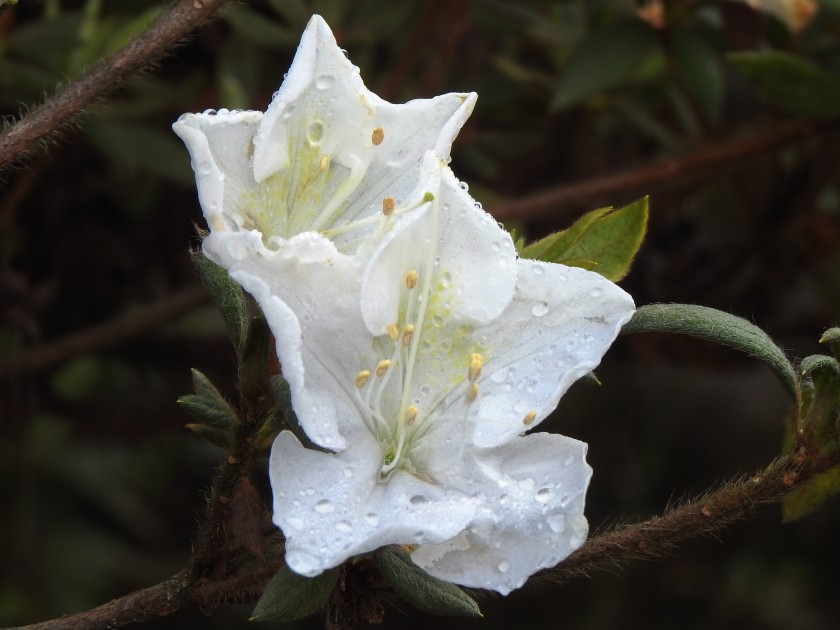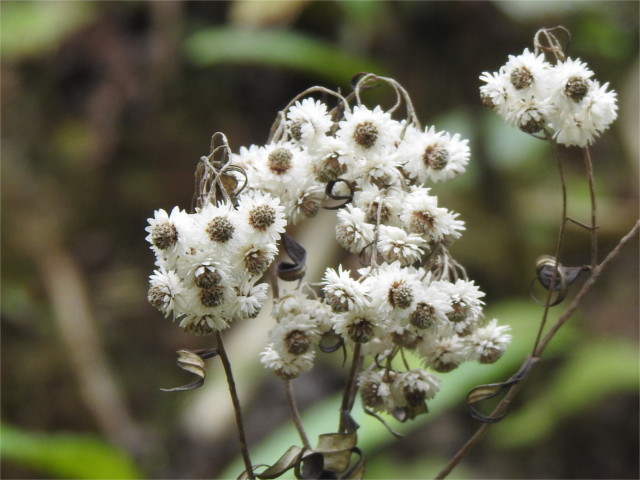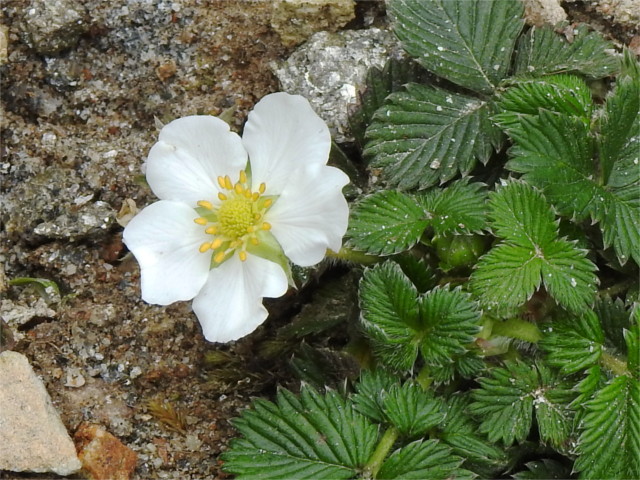Our senses are poor servants. Even colour sense, which is the most acute as it is the most important for our purpose, is weak. We have, it is true, definite names for many colours, but how many of us recognize them when we see them? But our colour names are few in comparison with the number of shades we wish to distinguish, and that is the measure of our vagueness. … Thus, we do not match flower colour, we merely indicate its quality; only haberdashers match colours.
Smells are even more indefinite. Some are indistinguishable from tastes, or the two are so involved that it is difficult to say where one ends and the other begins. But there are only five primary tastes- sweet, bitter, saline, acid and pungent- not one of which can be confused with any smell; it is only when we come to deal with flavours that, again resorting to analogy, we get into difficulties. … In fact, we can do little with smells except classify them as ‘good’ and ‘bad’ or ‘aromatic’ and ‘foetid’.
It is this capital difficulty which prevents people from attempting to say much about scent in flowers and leaves.
I quote from Frank Kingdon Ward’s book, The Riddle of Tsangspo Gorges





